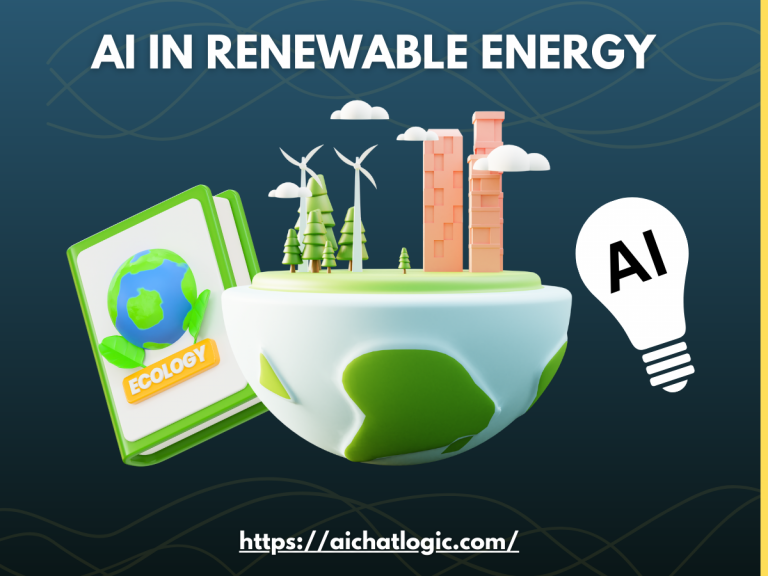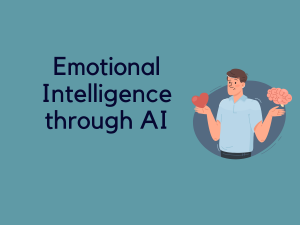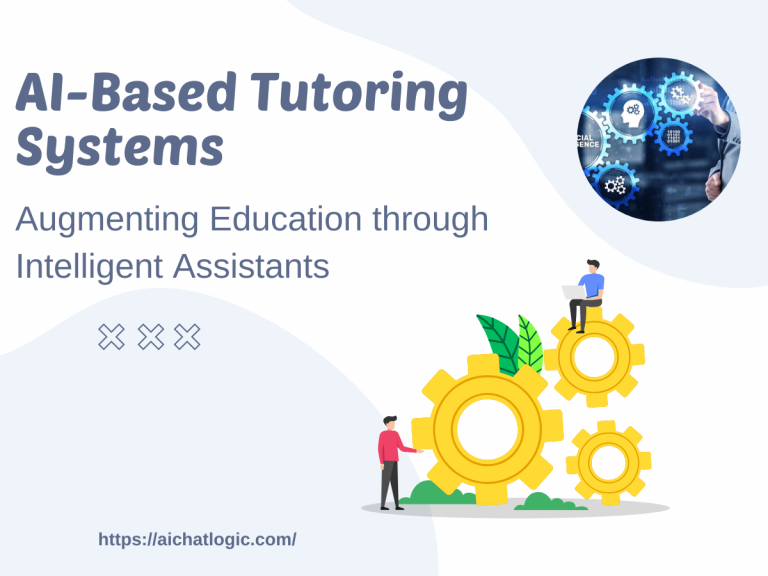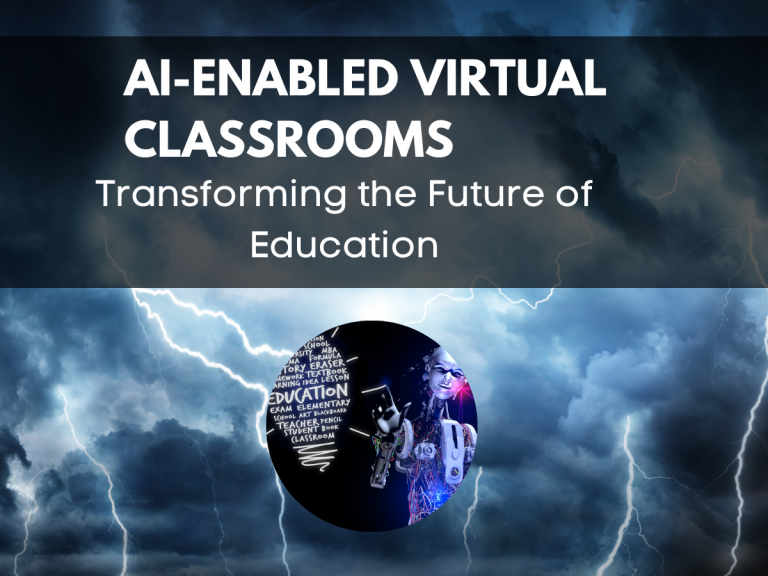1. Introduction
In today’s rapidly advancing technological landscape, the intersection of artificial intelligence (AI) and emotional intelligence (EI) has become a topic of great interest. AI, the simulation of human intelligence in machines, and EI, the ability to perceive and understand emotions, are two seemingly distinct areas. However, their convergence offers immense potential for bridging the gap between human-like intelligence and emotional understanding. This article explores the intersection of AI and emotional intelligence, highlighting the importance of emotional intelligence in AI development and discussing the challenges and applications of this dynamic relationship.
2. Understanding AI and Emotional Intelligence
AI refers to the development of computer systems capable of performing tasks that would typically require human intelligence. It involves machine learning, natural language processing, and other computational techniques. On the other hand, emotional intelligence encompasses the ability to recognize and understand emotions, both in oneself and others, and to use this understanding to guide thoughts and actions effectively. The intersection of AI and emotional intelligence occurs when these two distinct areas converge, creating opportunities for synergistic advancements and applications.
3. The Gap Between AI and Emotional Intelligence
Despite the significant advancements in AI technology, there exists an intersection gap between AI and emotional intelligence. Traditional AI systems primarily focus on cognitive abilities, such as problem-solving and pattern recognition, while often lacking emotional understanding. This limitation restricts the ability of AI systems to fully interact and empathize with humans on an emotional level. Emotions play a vital role in human decision-making, and bridging this intersection gap is crucial for creating AI systems that can truly understand and respond to human needs in a more holistic manner.
4. Bridging the Gap: The Importance of Emotional Intelligence in AI
Integrating emotional intelligence into AI systems holds tremendous potential. Emotional intelligence enables AI systems to understand human emotions, leading to more empathetic and context-aware interactions. This understanding can enhance various applications, including virtual assistants, customer service chatbots, and healthcare technologies. By bridging the gap between AI and emotional intelligence, we can create systems that adapt to human emotions and provide personalized experiences.
5. The Role of AI in Enhancing Emotional Intelligence
AI can also contribute to the development and enhancement of emotional intelligence. Machine learning algorithms can analyze vast amounts of data, enabling AI systems to recognize patterns and correlations in human emotions. By processing and interpreting emotional cues, AI systems can provide valuable insights into emotional states and help individuals develop their emotional intelligence. Additionally, AI-powered virtual environments can simulate emotional scenarios, allowing users to practice and improve their emotional understanding and responses.
6. Challenges and Ethical Considerations in AI and Emotional Intelligence
The integration of AI and emotional intelligence is not without challenges and ethical considerations. Ensuring data privacy and security is paramount, as emotional data is highly personal and sensitive. Transparent and accountable AI systems must be developed to avoid biases and ensure fairness in emotional assessments. Additionally, ethical guidelines should govern the use of AI and emotional intelligence to prevent misuse and safeguard individuals’ emotional well-being.
7. Applications of AI and Emotional Intelligence
The applications of AI and emotional intelligence are vast and diverse. In healthcare, AI-powered systems can analyze patient emotions and provide personalized care. In education, AI tutors can adapt their teaching styles based on students’ emotional responses, facilitating more effective learning experiences. AI-powered virtual reality environments can help individuals overcome emotional challenges, such as anxiety disorders or public speaking fears. Furthermore, AI can revolutionize the entertainment industry, creating emotionally engaging experiences through virtual characters capable of responding to human emotions.
8. The Future of AI and Emotional Intelligence
The future of AI and emotional intelligence is promising. As AI systems become more sophisticated, they will likely integrate emotional intelligence seamlessly. Advanced AI algorithms will better understand and respond to human emotions, leading to more natural and meaningful interactions. Furthermore, research in affective computing and emotion AI will pave the way for innovative applications in various fields, revolutionizing the way we live, work, and connect with technology.
9. Frequently Asked Questions (FAQs)
Q1: What is the significance of emotional intelligence in AI development?
A1: Emotional intelligence is crucial in AI development as it enables systems to understand and respond to human emotions, leading to more empathetic and context-aware interactions.
Q2: How can AI enhance emotional intelligence?
A2: AI can enhance emotional intelligence by analyzing emotional data, recognizing patterns, and providing insights into emotional states. AI-powered virtual environments can also simulate emotional scenarios for practice and improvement.
Q3: What are the ethical considerations in AI and emotional intelligence?
A3: Ethical considerations in AI and emotional intelligence include data privacy, transparency, accountability, fairness, and preventing misuse to ensure individuals’ emotional well-being.
Q4: What are some applications of AI and emotional intelligence?
A4: AI and emotional intelligence find applications in healthcare, education, virtual reality environments, and the entertainment industry, among others.
Q5: What does the future hold for AI and emotional intelligence?
A5: The future of AI and emotional intelligence is promising, with more natural and meaningful interactions, innovative applications, and advancements in affective computing and emotion AI.
10. Conclusion
The intersection of AI and emotional intelligence presents a world of possibilities. By bridging the gap between cognitive abilities and emotional understanding, AI systems can become more human-like, empathetic, and capable of providing personalized experiences. The integration of emotional intelligence into AI not only enhances our interactions with technology but also opens up new horizons in healthcare, education, and entertainment. As AI continues to evolve, the future holds immense potential for creating intelligent systems that truly understand and respond to human emotions, transforming the way we live and interact with technology.
FAQs
Q1: What is the significance of emotional intelligence in AI development?
A1: Emotional intelligence is crucial in AI development as it enables systems to understand and respond to human emotions, leading to more empathetic and context-aware interactions.
Q2: How can AI enhance emotional intelligence?
A2: AI can enhance emotional intelligence by analyzing emotional data, recognizing patterns, and providing insights into emotional states. AI-powered virtual environments can also simulate emotional scenarios for practice and improvement.
Q3: What are the ethical considerations in AI and emotional intelligence?
A3: Ethical considerations in AI and emotional intelligence include data privacy, transparency, accountability, fairness, and preventing misuse to ensure individuals’ emotional well-being.
Q4: What are some applications of AI and emotional intelligence?
A4: AI and emotional intelligence find applications in healthcare, education, virtual reality environments, and the entertainment industry, among others.
Q5: How can AI contribute to the development of emotional intelligence in individuals?
A5: AI can contribute to the development of emotional intelligence by providing personalized insights and feedback based on emotional data analysis. AI-powered virtual environments can also offer simulated scenarios for individuals to practice and improve their emotional understanding and responses.












+ There are no comments
Add yours